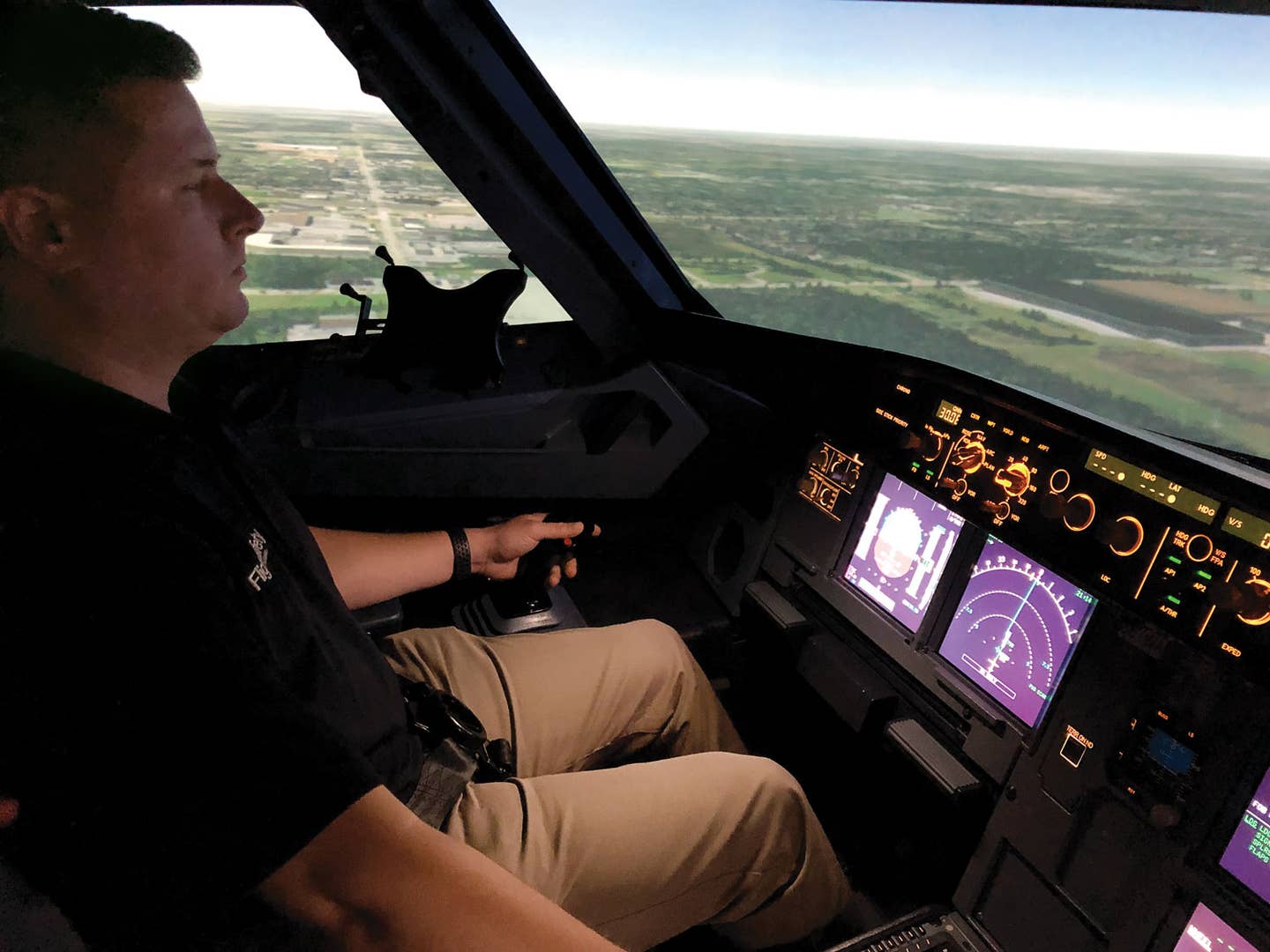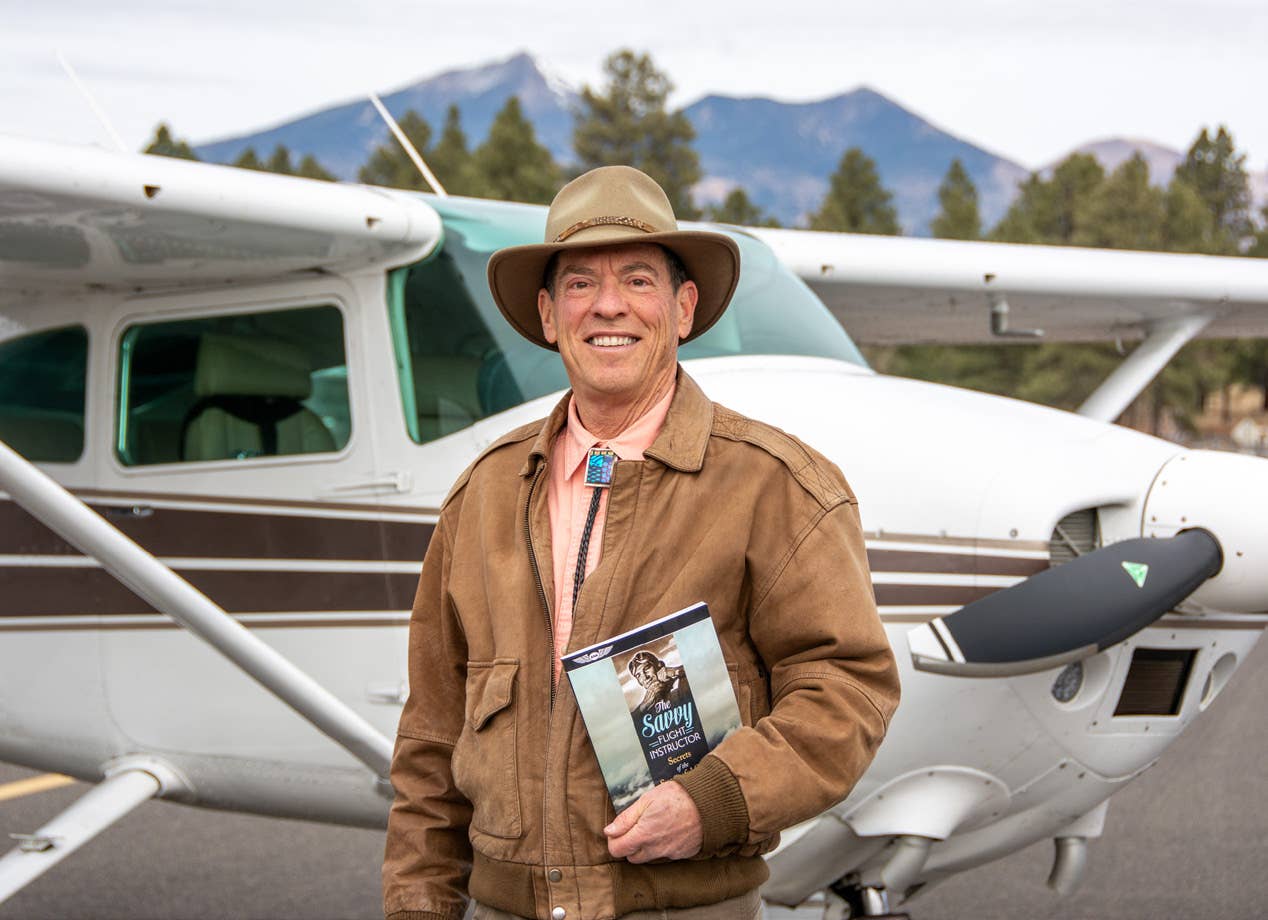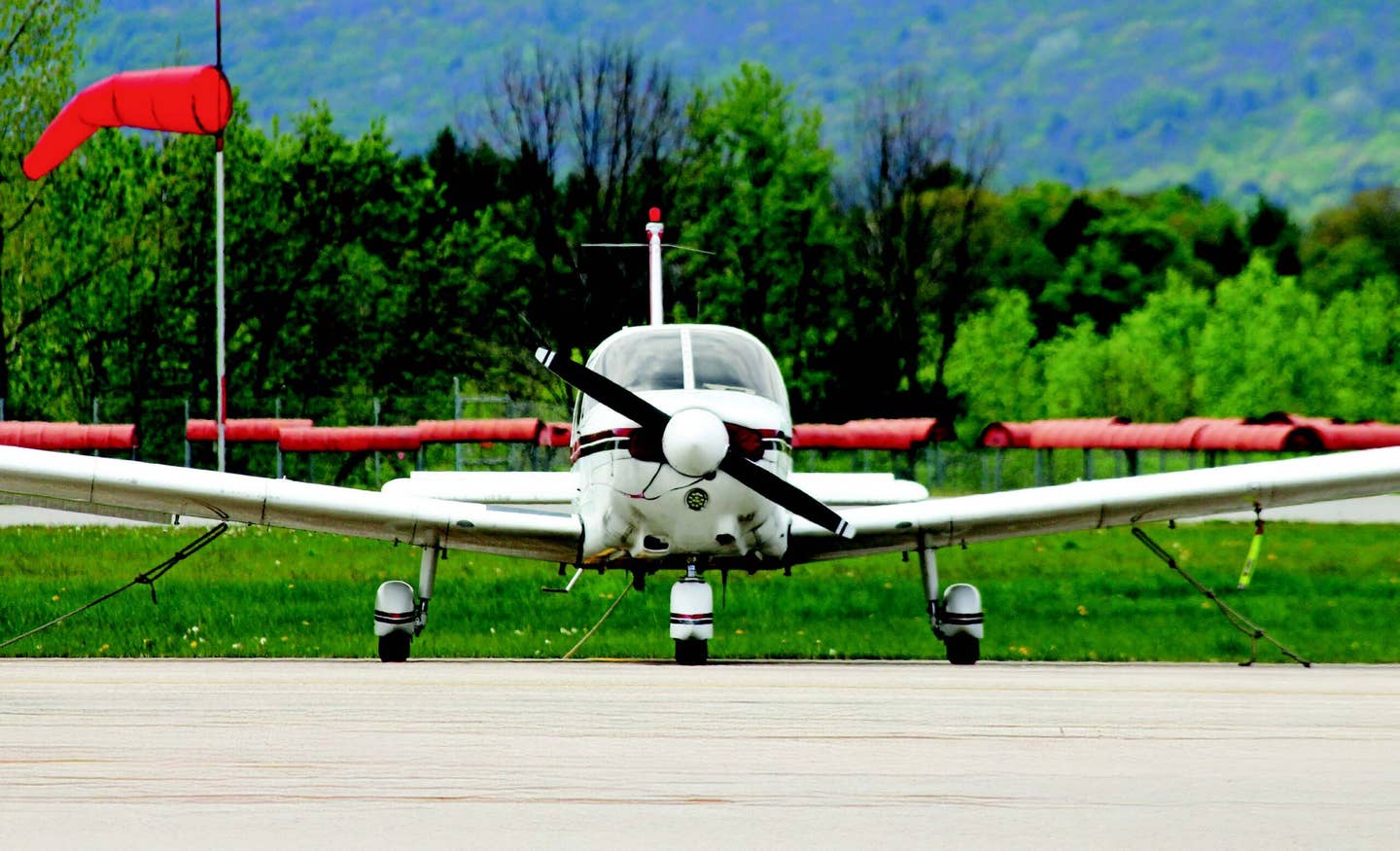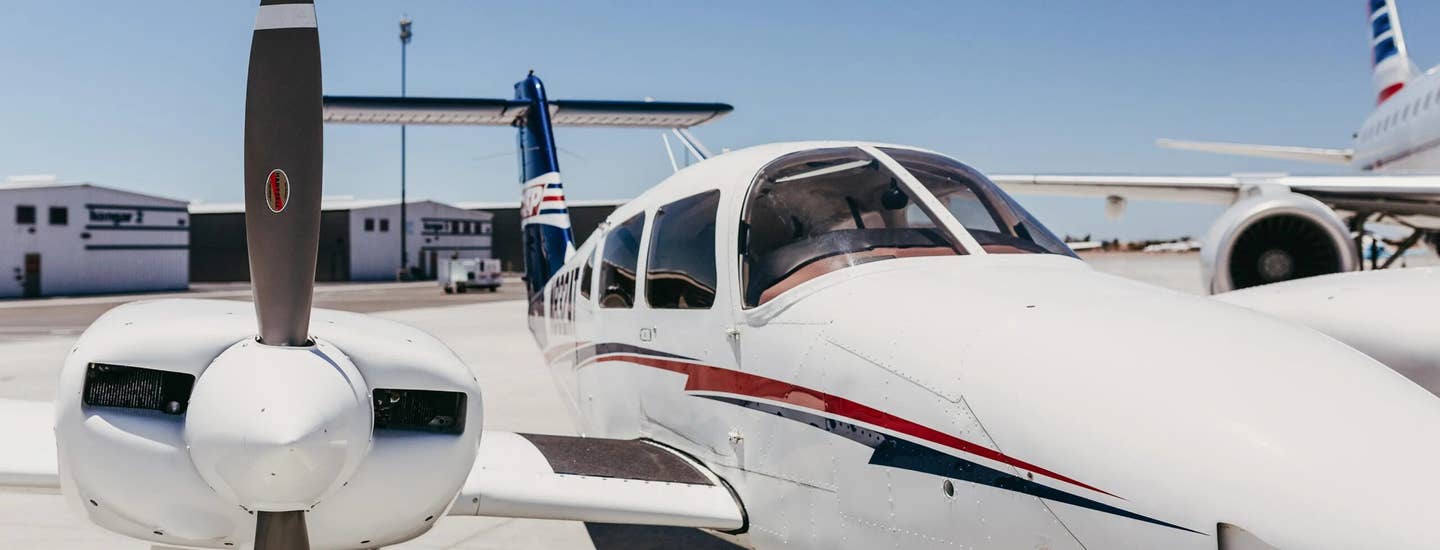
The FAA mandated 30 hours of ground instruction and 10 hours of simulator training, six of which must be conducted in a full-motion simulator. Courtesy Pia Bergqvist
In 2009, Colgan Air Flight 3407 crashed in the Buffalo, New York, metropolitan area, killing all 49 passengers and crewmembers on board and one person inside the house into which the Bombardier Dash-8 Q400 crashed. The extensive post-crash investigation by the National Transportation Safety Board found that the pilots were completely at fault. The captain allowed the airplane to get slow during the ILS approach to Runway 23 at the Buffalo Niagara International Airport (KBUF). Instead of applying proper stall recovery techniques when the stick shaker deployed, the captain pulled back on the yoke, bringing the airplane into an aggravated stall. At the same time, the copilot retracted the flaps without the captain’s command, exacerbating the situation. The airplane spun straight into the ground.
Neither pilot appeared to have had adequate rest before the flight. The captain had apparently spent the night at the airport and the first officer had commuted on a redeye from Seattle to Newark, New Jersey, where Flight 3407 originated. There was also unnecessary chatter between the pilots during a time when 100 percent of the focus should have been on controlling the airplane — a status known as sterile cockpit.
While the crash could have been prevented through better crew rest requirements, training and adhering to standard operating procedures and stall recovery procedures, what emerged from the ashes of the 2009 Colgan Air Flight 3407 crash was a greater barrier to entry for people wanting to become professional pilots.
On Aug. 1, 2010, the Airline Safety and Federal Aviation Administration Extension Act of 2010 mandated changes to the laws governing airline pilots and ATP certification. Since 2014, pilots have been required to hold an ATP certificate to work as a pilot for an airline, a position that previously only required a commercial certificate (250 hours). Today, pilots need 1,500 hours to fly as first officers, or 1,000 hours if they've completed a course that qualifies for the 1,000-hour restricted ATP (or 750 hours for military pilots) — restricted meaning they can't act as pilots-in-command.
Another major change that was implemented in 2014 is a prerequisite for pilots who wish to take the written test for the airplane category, multiengine class ATP certificate — the ATP Certification Training Program course. According to the FAA, ATP-CTP was “designed to bridge the knowledge gap between a pilot who holds a commercial certificate and a pilot operating in an air carrier environment.” Essentially the cost to take the ATP written went from about $50 for a test prep book to nearly $5,000 for a weeklong course. That’s a drastic increase to reach the highest level of pilot certification.
Fortunately for aspiring airline pilots today who don't already hold an ATP, that cost is being picked up by the airlines, which are desperate for pilots. But general aviation pilots who might wish to fly as pilots in command for a corporate or charter outfit, a major OEM or another aviation company for which the ATP certificate is required might have to pay for the course themselves.
So, what does the ATP-CTP course entail? Under 14 CFR 61.156, the FAA mandated 30 hours of ground instruction and 10 hours of simulator training, six of which must be conducted in a full-motion simulator — level C or higher — hence the high cost. To experience it firsthand, I headed to Euless, Texas, near Dallas and attended ATP Flight School’s seven-day ATP-CTP course. Several other companies, such as FlightSafety International, Sporty’s Academy, CAE and Flight Training International also offer the course, and these companies administer the course anywhere from five to seven days.
When I signed up, I was given access to and told to study Sheppard Air’s test-prep course. The course is included in ATP Flight School’s tuition. This is because the CTP course is not designed to teach you to pass the written, though some material overlaps. So, in order to be ready for and pass the written immediately after getting the CTP certificate, ATP Flight School recommends two weeks of prestudy before attending the class.
As I found out, there is not a whole lot of time to study Sheppard Air between the ground school and sim sessions, so prestudy is the way to go. For those who are not quite ready to take the written right away, ATP does offer the opportunity to complete the test at a different date. However, it is highly recommended to take the test right after the course.
Sheppard Air’s program is a terrific tool for getting through the written test; however, it is not the most user-friendly system. Students are only allowed to download the program onto one device, so I couldn’t view charts and diagrams on my iPad while going through the questions on a laptop. Also, the font size in the boxes with the questions and answers is fixed. For someone like me who is losing my near vision, it would have been nice to be able to have larger fonts.
While perhaps not the most high-tech, Sheppard Air’s system is highly effective. The program recommends a process for studying that includes going through the sample questions — more than 1,200 of them — first by looking only at the right answers. The next step is going through again and marking the ones that you don’t know. Finally, you study the marked questions only. There are also practice exams that help you determine whether you’re ready for the actual test.
A total of 12 candidates went through my class at ATP's facilities in Euless. Ten of the students were new-hires from Envoy Air — American Airlines' flow-through regional airline. Like most regionals right now, Envoy is hiring like crazy. With a growing pilot shortage, the Irving, Texas-based company is offering up to $22,100 as a sign-on bonus and much higher first-year pay than pilots have been used to in the past.
The pilots in my class had anywhere from 962 hours — the remaining hours will be gained in training — to the mid-1,500s, with the exception of Andrew Lothes, with whom I was paired for the simulator sessions.
He is a contract pilot and former military drill sergeant who mainly flies a Cessna Citation VII. He was putting himself through the CTP course so that he could upgrade to captain.
It was a bit intimidating to be in class with people half my age who seemed way more up on the information covered in the course than I was. These guys and girl — there was one, which made me happy, though I had hoped to see more — will likely have tremendous airline careers ahead of them with the major airlines expecting thousands of pilots to retire in the upcoming years. Rebekah Krone, the founder of Career Takeoff — a company that specializes in helping pilots and other professionals get hired at the major airlines, spoke to our group at the end of the ground-school session. She said this group of budding airline pilots can expect to move on to the majors as soon as three years from now.
The training environment at ATP was terrific, with a nice break room that offered complimentary coffee, clean and spacious classrooms, comfortable chairs, large high-definition TVs and an exam room separated into cubicles for the written test. Along the hallways that connect the classrooms, break room and testing facilities were pictures of celebrities and government officials that have had an affiliation with the school through its 35-year history, giving students some entertainment during the breaks.
One of the greatest assets that the ATP Flight School has is its instructors. My ground instructors, Dick Hyslop and Jim Wohlleber, both had years of experience as airline pilots and exhibited the kind of first-hand experience that is essential to keeping students engaged through 30 hours of ground school. Wohlleber painted additional colors with his experiences flying with Donald Trump, a major sports team and the FBI in unfriendly territory.
Like the time requirements for the course, the topics covered in the class are mandated by 61.156. They include high-altitude aerodynamics, meteorology, air-carrier operations, automation, safety culture, CRM and more. Those nice TVs came in handy during the four days of ground school. News clips from stations such as CNN and Fox News, and YouTube videos from Boldmethod, Captain Joe and more, broke up the instruction time and were included to bring home the seriousness of what can happen if you don’t respect mother nature or the equipment you fly.
Many of the videos analyzed accidents from tragic crashes such as Air France Flight 447 from 2009, American Airlines Flight 965 from 1995, and, of course, the Colgan Air crash.
The biggest emphasis of the course was stall prevention, the proper use of which would’ve prevented the Air France and Colgan Air crashes, and countless more. Stall prevention becomes even more critical at higher altitudes where the safe flight envelope becomes narrower as the air gets thinner.
Besides adding the course requirement for the ATP-CTP, the FAA changed the practical test standards for stall recoveries. The recovery previously required a minimum loss of altitude, but this taught pilots to pull back too much on the controls rather than focusing solely on reducing the angle of attack. Now the PTS allows for a loss of altitude to regain speed.
Another thing that was stressed throughout the course, and one that certainly contributed to the Colgan Air crash, was the concept of sterile cockpit below 10,000 feet. Basically, the idea is for the pilot to focus 100 percent on flying the airplane and prevent errors by minimizing distractions during ground operations, takeoff, climb, descent, approach and landing. This is a concept general aviation pilots could also greatly benefit from. However, considering that many of the airplanes GA pilots fly don’t often climb beyond 10,000, the sterile-cockpit ceiling might be adjusted based on performance. For a piston single it could be something like 5,000 feet. Cockpit chatter and other distractions have caused multiple accidents and they’re easily prevented by ensuring that the full focus of the pilot goes toward flying the airplane during critical phases of flight.
After four days of ground school, it was time for the fun stuff. ATP has a couple of Frasca sims at the Euless facility, but the full-motion simulators we flew in belonged to Avenger Flight Group, based less than 10 minutes from the ATP facility. Students from our class were placed in ERJ, CRJ, Boeing 737 and Airbus A320 sims. I was paired with Lothes in an Airbus A320-200 simulator with instructor Jyri Standman. As the first name might imply to anyone so versed, Strandman grew up in Finland. He moved to the United States to become a professional pilot. He was successful in achieving that goal and later moved on to become a highly qualified instructor who has led the effort of setting up training programs for several major airlines, including Spirit and Virgin America.
He kept Lothes and me amused with his Swedish jokes — a silly tradition between Scandinavian residents — and indulged us with his vast knowledge as he put us through the paces in the Airbus A320.
The simulator time was split between Lothes and I acting as the pilot flying and the pilot monitoring. We spent the first four hours, which were conducted in a static FTD, mostly on familiarization with this highly automated airliner. During the following couple of days, we were put through a wild ride of experiences beyond what the flight envelope for the A320 was certified for.
I had a chance to fly through severe windshear near a thunderstorm, play around with Mach tucks beyond the approved max speed, attempt stall recoveries in various configurations, practice engine failures before and after V1, and land in a 40-knot crosswind — my personal favorite.
While I had experienced some of these maneuvers before, it was an eye opener to see how different stall recoveries are in a large transport-category aircraft. It takes a lot of work to reduce the angle of attack, regain relative wind over the wings and ultimately reclaim control of the airplane. In order to take the highly automated A320 to the edge of the envelope, Strandman had to disable some of the flight computers and take the aircraft’s fly-by-wire system from what Airbus calls “normal law” to “alternate law.”
At the end of the week, it was time to take the written exam. While I had wanted to study Sheppard Air before my visit to Texas, my busy schedule had not allowed much time for it.
I truly wish I had done it. While some material in the course itself overlaps with the written test, most of it does not. I found myself spending every free moment during the week deep in the Sheppard Air software. It’s a good thing I did, because, without it, it is highly unlikely that I would have passed. The ATP written test still includes some material that most pilots no longer use, such as outdated weather and performance charts, NDB questions and more.
The FAA gives you four hours to complete the test, though most people finish within two hours. I sat down at my cubicle and started going through the 80 exam questions. There was a calculator and an E6B on the table. I had not used an E6B for the past 16 years, but it came in handy for keeping the lines straight on the performance charts.
I managed to score 89 percent, well beyond the required 70 percent needed to pass. The overachiever in me was dissatisfied that I didn’t score in the 90s. But I was happy to return home not only with an ATP-CTP course graduation certificate and written test completion, but also a deeper understanding of the complexities of flying bigger, faster airplanes at higher altitudes.
With the more stringent requirements to get through the written, the test no longer expires after 24 calendar months, as it did before August 2014. Instead, I will have 60 months to complete the flight portion of the ATP.

Sign-up for newsletters & special offers!
Get the latest FLYING stories & special offers delivered directly to your inbox






